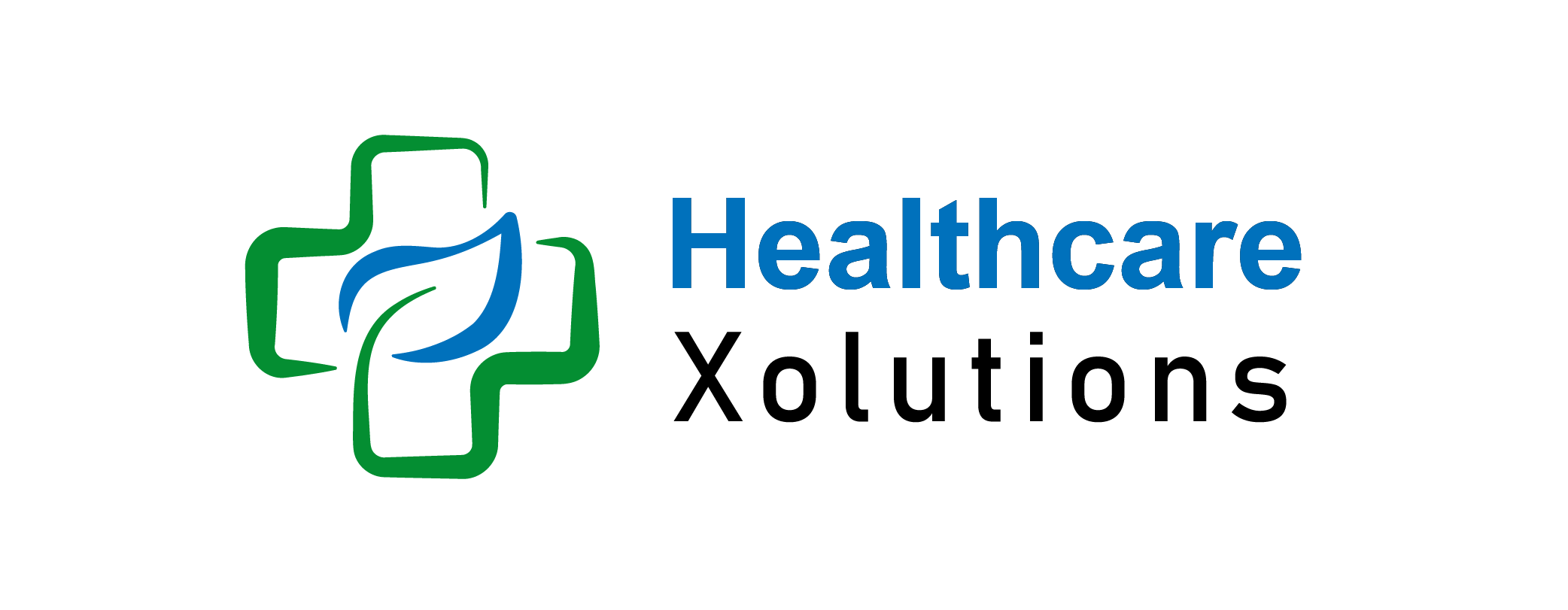What Is Aca Exchange: How It Works on Marketplace?

With the Affordable Care Act (ACA), the healthcare landscape has undergone significant transformation, providing more Americans with accessible health insurance. In 2024 and beyond, the ACA exchange (or Marketplace) continues to play a crucial role in offering affordable health insurance plans to millions. As of early 2024, over 21 million Americans enrolled through the ACA Marketplace, nearly doubling the 11 million enrollees in 2020. This number is expected to rise as the marketplace grows, driven by continued demand for affordable and accessible healthcare options.
This guide will walk you through the ACA exchange, its benefits, and how it functions to make healthcare more accessible.
Key Takeaways:
- The ACA exchange allows individuals, families, and small businesses to compare and purchase health plans meeting ACA standards.
- Enrollment periods include a standard window (November 1 – December 15) and special enrollment for qualifying life events.
- Financial assistance through premium tax credits and cost-sharing reductions makes coverage affordable for those earning up to 400% of the FPL.
- “On-exchange” plans offer subsidies, while “off-exchange” plans do not, although both are ACA-compliant.
- Medicaid expansion under ACA has enabled millions to access affordable healthcare, extending eligibility in participating states.
Table of Contents
What is the ACA Healthcare Exchange?
The ACA exchange, commonly called the Marketplace, is a digital platform where individuals, families, and small businesses can compare and purchase health insurance plans. These plans are organized by levels including Bronze, Silver, Gold, and Platinum, and allow consumers to choose coverage based on their healthcare needs and budget. Additionally, the Marketplace helps determine subsidy eligibility for premium and cost-sharing reductions, assisting low-income individuals in affording coverage. Medicaid coverage has also expanded under ACA, making it possible for those with limited incomes to access essential health benefits.
How The ACA Exchange Works?
1. Enrollment Periods:
The ACA exchange follows a structured enrollment period: the annual open enrollment runs from November 1 to December 15. During this time, consumers can enroll in new health insurance or make changes to their existing coverage. Special enrollment periods (SEPs) are available for qualifying life events such as marriage, childbirth, or job loss, allowing individuals to adjust their plans outside the standard enrollment period.
2. Plan Comparison:
The Marketplace enables consumers to compare health plans on essential aspects like premiums, deductibles, copayments, and coverage benefits. By assessing these options side by side, individuals can choose a plan that suits their financial and healthcare needs.
3. Subsidy Eligibility:
Individuals and families earning between 100% and 400% of the federal poverty level (FPL) may qualify for premium tax credits, significantly reducing their insurance premiums. Additionally, those earning up to 250% of the FPL may be eligible for cost-sharing reductions, lowering out-of-pocket expenses like deductibles and copays.
4. Medicaid Expansion:
The ACA exchange also determines eligibility for Medicaid, which covers low-income individuals, families, children, and people with disabilities. Since the ACA’s expansion, more states have broadened Medicaid coverage, helping millions access affordable health services.
Benefits of Using The ACA Exchange:
- Access to Affordable Coverage: It is the purpose of Exchange to provide an area for competition among insurers, resulting in better consumers’ access to a greater number of cheap insurance products.
- Transparency and Choice: Exchange promotes details about the plan’s designs and pricing on an individual level thereby offering an opportunity for consumers the right to autonomy to choose their medical coverage benefits.
- Financial Assistance: These government subsidies that exist in the Exchange act as a means of making insurance more affordable for the relevant people and their families. This reduces the burden of premiums and out-of-pocket costs.
- Streamlined Enrollment Process: The website makes the health insurance signup process easy by enabling applicants to enter the applications, compare plans, and select coverage from a good suite of remote options.
Challenges and Limitations of The ACA Exchange:
- Geographic Disparities: Access to health insurance with low premiums could also differ with regions as people might live in areas with limited providers and tough competition in the health insurance market.
- Complexity of Subsidy Calculations: Their qualification for premium tax credits and cost-sharing reductions may be intricate, with income equality or family status seeming like additional challenges.
Difference Between “On-Exchange” and “Off-Exchange”:
“On-exchange” plans are purchased directly through the ACA Marketplace, providing access to subsidies for eligible individuals. “Off-exchange” plans are bought outside the exchange, typically through private insurers. While these plans are ACA-compliant, they do not qualify for subsidies, making them potentially more expensive.
Who Can Use the ACA Exchange?
The ACA exchange is open to all U.S. citizens and legal residents who are not enrolled in Medicare or incarcerated. As of 2023, Washington State and Colorado have made adjustments to offer exchange access to undocumented immigrants. Small businesses with fewer than 50 employees may also access group coverage options through the exchange, depending on the state.
Conclusion:
The ACA Exchange has proved to be a game changer in the way Americans obtain and use their health insurance plans; it has implemented a consumer-friendly platform where they research and compare different plans, receive financial assistance, as well as enroll in covered plans. Through providing transparency, competition boosting, and widening the coverage opportunities, Healthcare Exchange partakes in the implementation of requirements of the Affordable Care Act. Nonetheless, there is an ongoing struggle, and it is requisite that the authorities find ways to solve the problem in a way to make certain all American people will have quality and affordable healthcare coverage.
Frequently Asked Questions (FAQs):
What is ACA Healthcare Exchange?
The ACA Healthcare Exchange (or Marketplace) is an online platform where individuals, families, and small businesses can explore and purchase health insurance plans with various levels of coverage (Bronze, Silver, Gold, and Platinum).
Is ACA the same as exchange?
Yes, “ACA exchange” and “Marketplace” often refer to the same platform, where individuals can compare and buy ACA-compliant health insurance plans.
